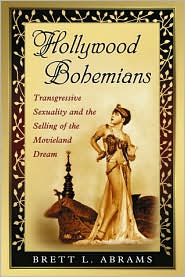
Michael Largo, general purveyor of death-related trivia, stays true to the form of previous works in his latest catalogue of the macabre, Genius and Heroin. The book consists of brief notes outlining the tragic downfalls of history's creative personalities (in rough alphabetical order) with tasty tidbits of information spread throughout. The title is a bit of a misnomer, however, as Largo tends to include individuals of a questionable degree of genius, and many who were merely mentally ill or died of natural causes.
While this is hardly a work of scholarship, the author is, on occasion, irritatingly casual with details. Largo refers to Nietzsche, the philosopher and philologist, as a psychologist (based on a Dostoevsky quote). While writing on an individual's addiction to chloral hydrate, one of the original hypnotic sedatives, he keeps referring to it as "chloral," which is a different compound. Frequently, information on an artist will be listed in great detail in another's entry, while that artist's own entry is pitifully short. This may be mere trivia, but it does not preclude the author from taking more care with facts.
The book is somewhat interesting overall. It might have been better served by a different organizing principle, such as listing the artists by their addictions (alcoholics, laudanum, heroin, etc.), but it serves for amusement. My recommendation is to read it with a martini in hand.
Note: I raise my glass in thanks to Harper Collins and LibraryThing for the opportunity to review this book!





